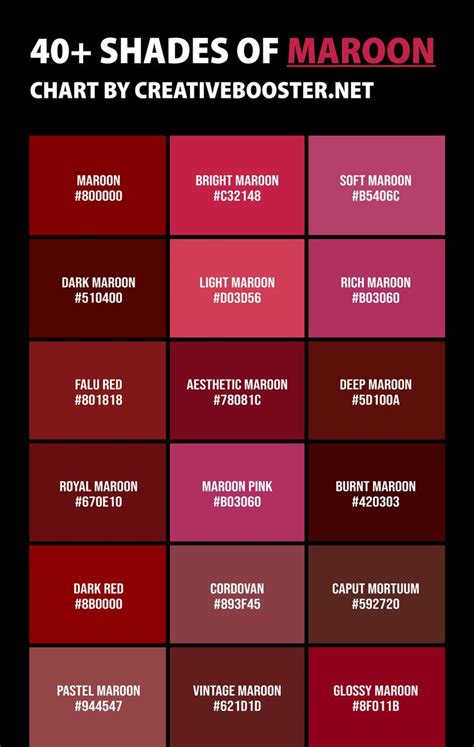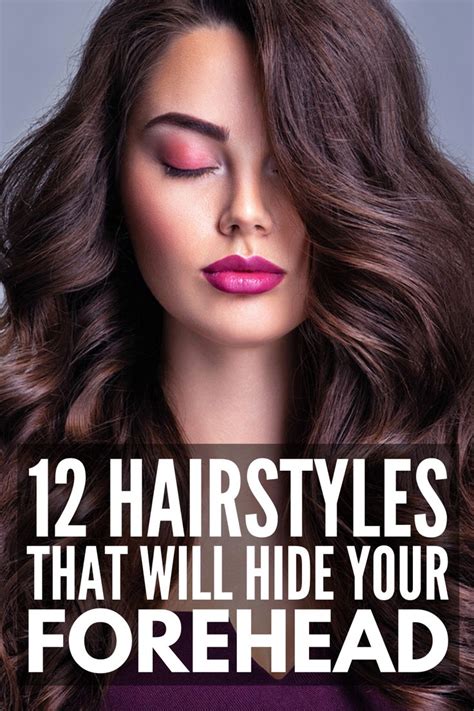Embrace Your Forehead, Enhance Your Beauty
A large forehead can be a striking feature that adds character and dimension to your face. Instead of camouflaging it, why not embrace its unique beauty and flaunt it with confidence? With the right hairstyles, you can enhance the balance of your facial proportions, accentuate your best features, and create a stunning look that turns heads.

Understanding Large Foreheads
According to the American Academy of Dermatology, approximately 20% of adults in the United States have a large forehead. While this can be a natural variation, certain factors such as genetics, aging, and hair loss can contribute to its prominence.
Pain Points and Motivations
Having a large forehead can sometimes evoke feelings of insecurity or self-consciousness. However, it’s important to remember that it’s simply a unique characteristic that can be embraced as part of your identity.
Tips and Tricks
1. Embrace Volume: Add volume to your hair to create the illusion of a smaller forehead. Try using volumizing shampoos, conditioners, and mousse. Backcombing or teasing the roots of your hair can also add instant lift.
2. Create Bangs: Bangs are a classic and effective way to conceal a large forehead. Side-swept bangs, curtain bangs, or wispy bangs can create a flattering frame for your face and draw attention away from your forehead.
3. Layer It Up: Layers add movement and dimension to your hair, making it appear fuller. Long layers that fall around your face can create the illusion of a smaller forehead.
4. Try Asymmetrical Styles: Asymmetrical haircuts break up the symmetry of your face, making your forehead appear less pronounced. Side-swept styles, bobs with uneven lengths, or pixie cuts with asymmetry can be great options.
5. Accessorize: Headbands, scarves, and hats can draw attention away from your forehead. Choose bold colors or patterns that complement your hair and style.
Hairstyles for Different Face Shapes
1. Oval Face:
* Long layers with side bangs
* Wispy bangs with a center part
* Asymmetrical bobs
2. Round Face:
* Side-swept bangs with long layers
* Curtain bangs with a middle part
* Pixie cuts with asymmetry
3. Square Face:
* Angled bangs with long layers
* Side-parted bob with textured ends
* Asymmetrical pixie cuts
4. Heart-Shaped Face:
* Wispy bangs with a center part
* Long layers with side bangs
* Layered bobs with soft curls
Inspiration for Every Style
1. Fringe-forward: Blunt bangs with a straight-across cut create a bold and eye-catching look that elongates your forehead.
2. Voluminous Side-swept: Long, side-swept bangs add drama and volume to your hair, minimizing the appearance of a large forehead.
3. Layered Pixie: A pixie cut with long, layered bangs that fall across your forehead can create a chic and flattering look.
4. Curly-cue Bob: A chin-length bob with voluminous, curly bangs can frame your face beautifully and draw attention to your eyes.
5. Soft and Natural: Long, loose waves with a side part can create a soft and feminine look that balances out a large forehead.
Table of Contents
1. Hairstyles for Different Face Shapes
| Face Shape | Recommended Hairstyles |
|---|---|
| Oval | Bangs, layers, asymmetrical styles |
| Round | Side-swept bangs, curtain bangs, textured bobs |
| Square | Angled bangs, side-parted bobs, pixie cuts |
| Heart-Shaped | Wispy bangs, layered bobs, soft curls |
2. Inspiration for Every Style
| Style | Description |
|---|---|
| Fringe-forward | Blunt bangs, straight-across cut |
| Voluminous Side-swept | Long, side-swept bangs |
| Layered Pixie | Long bangs, pixie cut |
| Curly-cue Bob | Chin-length bob, curly bangs |
| Soft and Natural | Loose waves, side part |
3. Tips and Tricks for a Large Forehead
| Tip | Effect |
|---|---|
| Volume | Creates the illusion of a smaller forehead |
| Bangs | Conceals a large forehead |
| Layers | Adds movement and dimension |
| Asymmetrical Styles | Breaks up symmetry |
| Accessories | Draws attention away from the forehead |
4. Understanding Large Foreheads
| Fact | Statistic |
|---|---|
| Prevalence | 20% of adults in the United States have a large forehead |
| Contributing Factors | Genetics, aging, hair loss |
